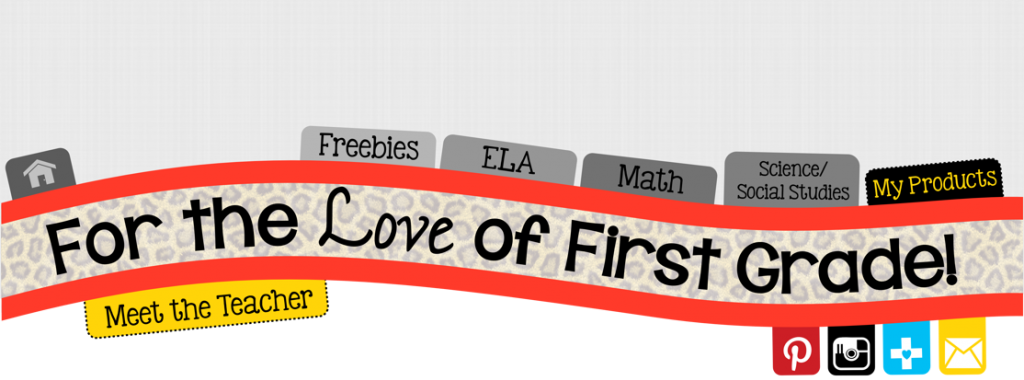Welcome back!
If you missed my first post about "Kicking off Reading Groups" back track a little and read all about it HERE.
Now that I've showed you HOW my reading groups and rotations work, let's take a look at........... "the what".
What do you do in small groups?
If you missed my first post about "Kicking off Reading Groups" back track a little and read all about it HERE.
Now that I've showed you HOW my reading groups and rotations work, let's take a look at........... "the what".
What do you do in small groups?
What about the other kids?
These were the two main questions I asked myself when I decided upon how to structure my reading groups and rotations. If you read my last post, then you know it took me all of 3 years to figure out a system that works efficiently for me!
After many trials, errors, and successes, here are the answers I found out:
What do you do with those kids?
The main focus of these small groups are to teach decoding/comprehension strategies and to practice reading but occasionally we will work on phonics, grammar, etc.
What about the other kids?
The rest of the class are actively engaged in other rotations either individually or with a partner.
I wanted to give you a glimpse into what my students are doing when we are in our reading groups and our rotations/centers/paw prints...whatever you want to call them.
I showed you how I store these activities in my last post.
Each paw print has its designated tub. Each tub is what holds the actual activities...whether it be a rhyming puzzle, grammar sort, or word work. Students are allowed to take these tubs around the room and work wherever they please (we define boundaries the first few weeks).
Read to Self.
Read to Someone.
Read to Teacher.
Read to Teacher.
These are the only parts of the Daily 5 I use, and really I only use the name because it's self explanatory. Each day the students will read to themselves out of their book box, they will read to a friend, and they will work together with me to read to teacher.
Read to teacher isn't always reading.
Since I meet with each group Everyday, I feel like there are times when we need to change it up.
Sometimes we work on decoding strategies.
Sometimes we learn new comprehension strategies.
Sometimes we practice phonics.
Sometimes we do a grammar sort.
Sometimes we do a grammar sort.
It all just depends on what I feel each group needs help with.
Here is a look at what my "read to teacher" area looks like.
Each shelf is home to a separate reading group.
The boxes of books came with our textbook adoption. I use them sparingly.
Each basket holds a folder for practice pages we may complete together.
I also have a color coded spiral in each basket so that I can take notes while we meet.
I house books I pull from our literacy library that we read throughout the week in the baskets too
.
To sum it all up, I really couldn't imagine my reading group time working any better.
Meeting with my students everyday really helps me to know them as readers and learners.
The bonds I form with them during these times are irreplaceable!
If I were to ask them their favorite time of the day...center rotations would be their answer, and "read to teacher" would be their favorite choice. If that doesn't melt your heart, I'm not sure what would!







How many groups do you have and how long is each rotation? Thanks!
ReplyDeleteDepends on the year, but 4-5, approx. 12-15 min. I posted these details on the previous post if you want to go back and read about them more!
Delete